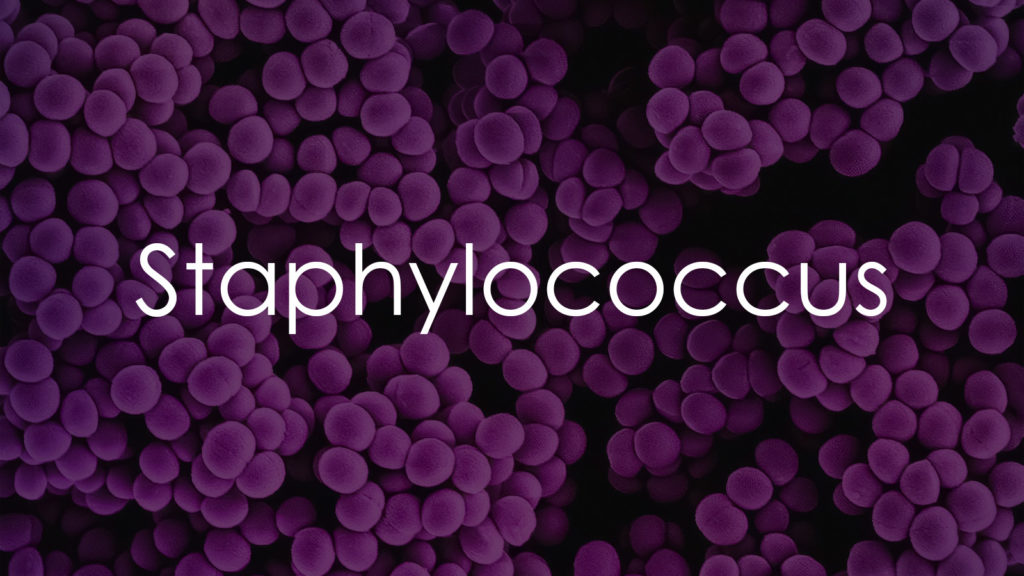Staphylococcus, a group of bacteria commonly found on the skin and in the nose, can lead to a range of diseases, from minor skin infections to life-threatening conditions. This article delves into the complexities of Staphylococcus diseases, exploring their causes, symptoms, methods of diagnosis, and treatment options. We will also discuss effective strategies for prevention, focusing on the importance of understanding these bacteria and their impact on human health. With Staphylococcus being a major cause of hospital-acquired infections and resistant strains like MRSA on the rise, this topic is of paramount importance in both community and healthcare settings.

Causes
Staphylococcus diseases are caused by bacteria from the Staphylococcus genus, commonly found on the skin and in the nose of healthy individuals.
- Staphylococcus Aureus: The most common and virulent strain responsible for a range of infections. It can cause skin infections, respiratory infections (like sinusitis), and food poisoning.
- Transmission:
- Direct Contact: Transmission often occurs through direct skin-to-skin contact or contact with contaminated surfaces.
- Broken Skin: Entry through cuts, abrasions, or other skin injuries is common.
- Invasive Procedures: Infections can occur post-surgery or via medical devices like catheters.
- Community and Hospital Settings: These bacteria can spread in both community settings (like gyms) and healthcare facilities.
- Risk Factors:
- Weakened Immune System: People with weakened immune systems are more susceptible.
- Chronic Conditions: Those with diabetes, vascular disease, or lung disease are at higher risk.
- Hospitalization or Surgery: Increases the risk of hospital-acquired infections.
Symptoms
Symptoms vary based on the type of infection and the body part affected.
- Skin Infections:
- Common symptoms include boils, impetigo (red sores), cellulitis, and staphylococcal scalded skin syndrome.
- Infections can be painful, red, swollen, and may drain pus.
- Respiratory Infections:
- Symptoms include coughing, shortness of breath, fever, and chest pain.
- Can lead to pneumonia or sinusitis.
- Food Poisoning:
- Rapid onset of symptoms such as nausea, vomiting, diarrhea, and abdominal pain.
- Usually resolves within a day.
- Invasive Infections:
- More severe symptoms include bloodstream infections (bacteremia), endocarditis, osteomyelitis, or sepsis.
- These require immediate medical attention.
- Toxic Shock Syndrome:
- A rare but severe condition characterized by sudden high fever, rash, low blood pressure, and potentially organ failure.
Staphylococcus infections range from mild skin conditions to life-threatening diseases. Early identification and treatment are crucial for preventing complications.
Diagnosis
Accurate diagnosis is key to effectively treating Staphylococcus infections.
- Clinical Examination:
- Initial diagnosis often begins with a physical examination of any visible symptoms, such as skin lesions.
- Laboratory Tests:
- Culture Test: A sample from the infected area, blood, urine, or sputum is cultured to identify the presence and type of Staphylococcus bacteria.
- Blood Tests: To check for signs of infection or inflammation.
- Imaging Tests: X-rays, CT scans, or MRIs can be used to assess the extent of the infection, especially for deep infections like osteomyelitis.
Treatment
Treatment depends on the type and severity of the infection.
- Antibiotics:
- The choice of antibiotic depends on the type of staph bacteria identified and its antibiotic resistance pattern. Common choices include penicillin, cephalosporins, vancomycin, and clindamycin.
- MRSA (Methicillin-resistant Staphylococcus aureus) infections require specific antibiotics due to their resistance to common drugs.
- Drainage of Infected Area:
- In the case of boils or abscesses, a doctor may perform an incision and drainage.
- Supportive Care:
- Includes pain management, wound care, and hydration.
Prevention
Preventive measures are crucial in reducing the risk of staph infections.
- Hygiene Practices:
- Regular hand washing, keeping wounds clean and covered, and avoiding sharing personal items like towels or razors.
- Environmental Measures:
- Regular cleaning of surfaces in homes and hospitals to reduce bacterial spread.
- Precautions in Healthcare Settings:
- Healthcare providers should follow strict infection control procedures, including using personal protective equipment and sterilizing medical instruments.
- Community Awareness:
- Education about staph infections, especially in communal settings like gyms or schools, is important.
- Screening and Isolation:
- In hospitals, screening patients for MRSA and isolating those infected can prevent the spread of the bacteria.
By combining effective diagnosis and treatment strategies with robust preventive measures, the impact of Staphylococcus infections can be significantly minimized.
Conclusion
In conclusion, Staphylococcus diseases represent a significant health challenge due to the bacteria’s ability to cause a wide spectrum of conditions and its propensity for antibiotic resistance. Effective management of these diseases requires accurate diagnosis, appropriate antibiotic treatment, and stringent adherence to preventive measures, especially in healthcare environments. Public awareness about hygiene practices, early detection, and proper care of skin wounds are crucial steps in reducing the incidence and severity of Staphylococcus infections. Continued research and public health initiatives are also essential in combating the spread of resistant strains like MRSA and ensuring the wellbeing of individuals and communities.